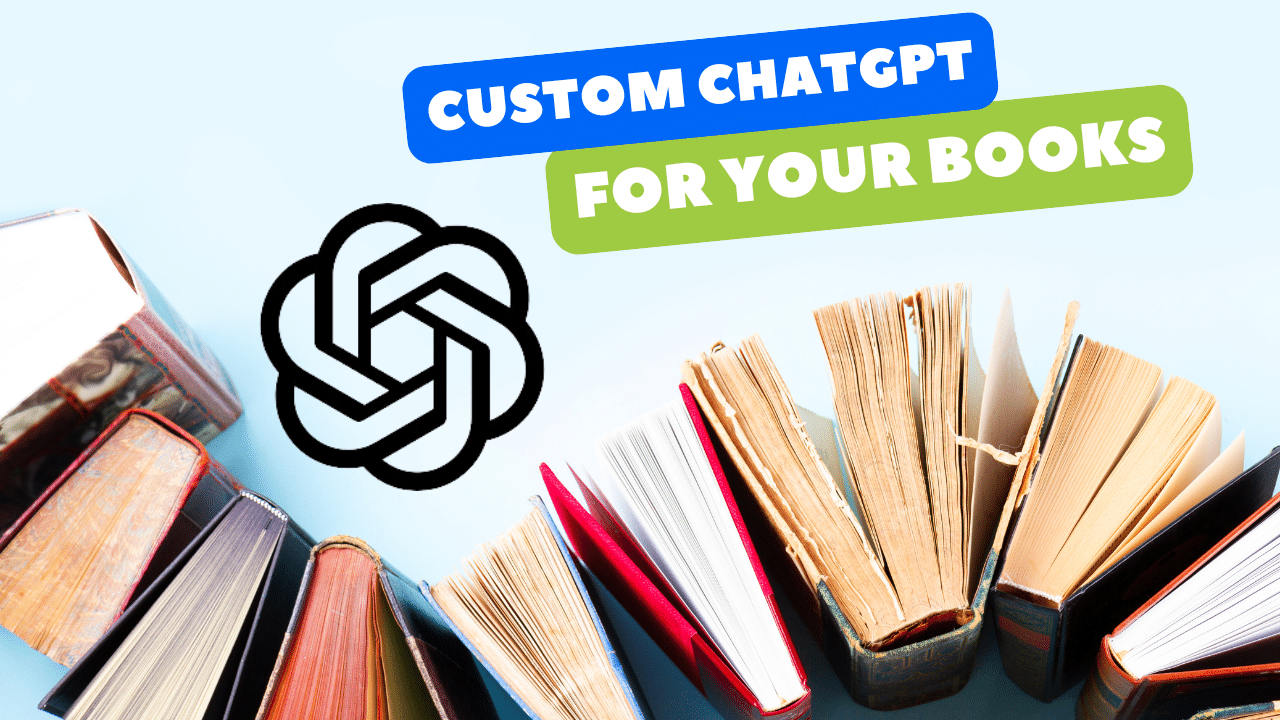How to Create a Custom ChatGPT for Your Book in Minutes (No Code Solution)
Perhaps the most straightforward, cost-saving, and accessible option is to create a custom ChatGPT with your book. It’s as easy as uploading a PDF or Word doc of your book to train a custom ChatGPT.
In this article, we want to walk you through the simple steps so you can create a custom ChatGPT for your book.
Please note: you want to ensure that you are using a book you have written or have the authority to process and create a custom ChatGPT. Furthermore, if you are not a self-published author, you want to make sure you have proper guidance or permission from the publisher. Rest assured, ChatGPT is not sharing your book and its content in its entirety. Rather, it’s a tool for people to ask questions. Answers are drawn and concluded from your book, but not given in their original form, nor does it allow people to access the entire book in forms such as text, PDF, Word Doc, etc. Hope this helps!
How to create a custom ChatGPT step-by-step
- Go to chat.openai.com and log in.
- In the side panel, click Explore GPTs.
- Click Configure (as shown in the image below)
- Enter a Name, Description, and Instructions for your custom ChatGPT
- Create a few “Conversation starters” for your book – these are potential questions people may be interested in your book, such as a concept, a story, or something more general. You can always come back and edit this later if needed.
- Click “Upload Files” under Knowledge, and upload your entire book in Word Doc or PDF
- Click “Create” (upper righthand corner), that’s it!

An example of a custom ChatGPT I created using Michael Leckie’s book, “The Heart of Transformation”. You can explore it here.

How to share a custom ChatGPT
After creating your custom ChatGPT with your book, you should see it in the left-hand corner of your ChatGPT access.

Click on your custom ChatGPT to make sure it’s selected, and then you should see it on the right-hand side (main screen of ChatGPT). Click on the custom ChatGPT name dropdown, and select “Edit GPT”

Now you are able to edit everything related to your custom ChatGPT, including how you might want to share it. Click on “Share” in the upper right-hand corner.
Options to share your custom ChatGPT include:
- Only me
- Anywhere with the link
- GPT Store (this is the public public)

Conclusion: Creating a custom ChatGPT tailored to your book
Creating a custom ChatGPT tailored to your book offers authors an innovative way to engage with readers, enhance the learning experience, and differentiate their work in a competitive market. By leveraging the power of AI, you can provide an interactive platform where readers can effortlessly explore your book’s content, ask questions, and gain deeper insights—all through a conversational interface.
While setting up a custom chatbot does require some effort and investment, the benefits of increased reader engagement, educational support, and valuable feedback make it a worthwhile endeavor. Embracing this technology not only modernizes your approach to storytelling but also opens up new avenues for connecting with your audience, ultimately enriching both your writing journey and your readers’ experience.

